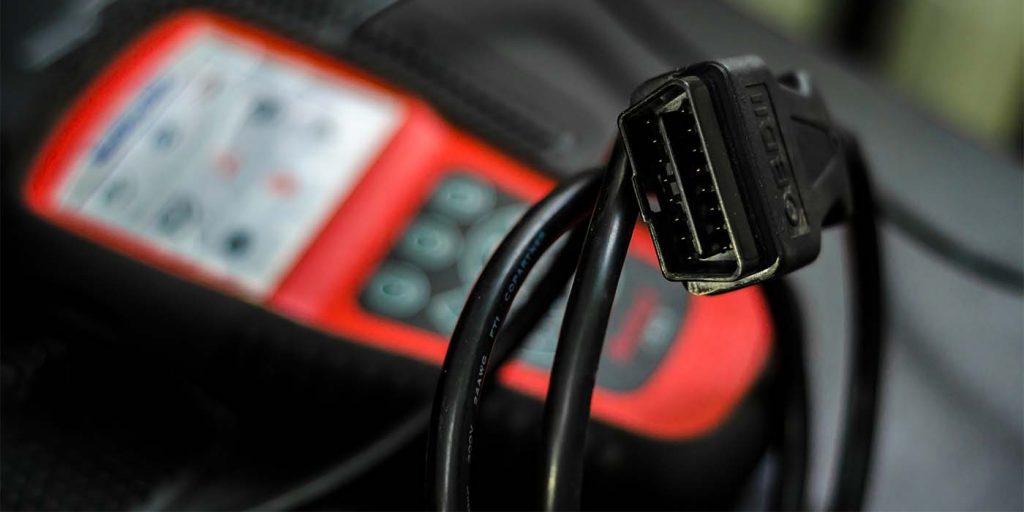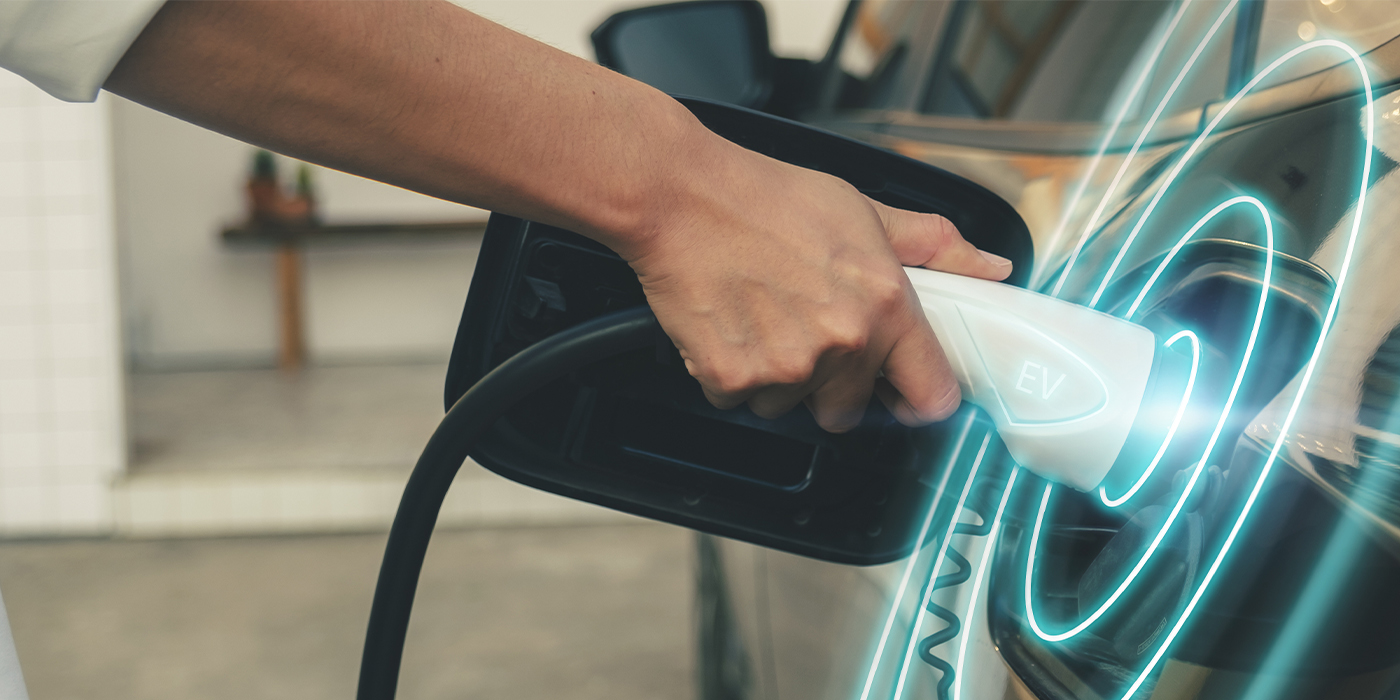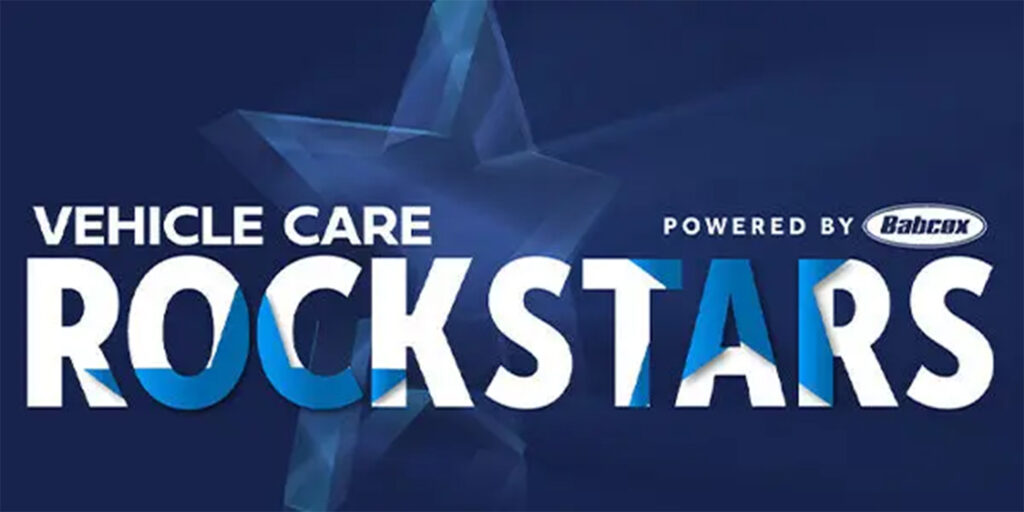If you have been talking to other technicians or following some of the online forums, you have probably heard stories and complaints of reprogramming and reflashing cables or j-boxes that seem to have stopped working. Also, technicians are noticing some make-specific scan tool functions missing when they update their scan tool.
Some of the failures can be traced to updates made as operating systems change, or they are no longer supported by Microsoft. Some OEMs have updated and revised their reprogramming tools and some of the third-party J2534 systems are no longer supported. There is no real malice or conspiracy behind these errors – sometimes the OEM corrects the problem, or the shop may be forced to buy a new reprogramming interface or computer.
However, lately, technicians have complained about other issues with their scan tools and coverage. Some technicians have noticed the coverage on some newer vehicles is not that great, they can’t access some modules or some tests are missing. For example, to access some 2018 Chrysler scan tool functions it requires a shop to register for access to the Secure Gateway Module to clear codes and perform some bi-directional tests. This is just a precursor to things that could be more sinister, in my opinion.
More OEMs are trying to control access to modules using the telematics function to detect and lockout scan tools and, to be honest, I understand the automakers’ perspective. Manufacturers spend millions of dollars paying engineers to write the test code on the vehicle only to have it potentially exported and exploited through the OBDII port. Some OEMs even want to get rid of the OBDII port in favor of using a wireless connection where the OEM is in control of an online portal. However, I fail to see how this is more secure than a physical connection on the vehicle.
OEMs seem to forget about the longevity and depreciation of their products. With the average age of a vehicle on the road today nearing 12 years, the vehicle will need repair, and a technician will need access to the diagnostic functions in the OBDII port. Any protective firewall scheme to keep the OBDII port secure MUST be supported long-term, not just during the warranty period but for decades to come. Let’s be honest – OEMs have a spotty track record at best when it comes to supporting older products.
Shops and technicians are not bad guys stealing data or hacking cars. We are caught between the OEM and the consumer who wants to get their vehicle fixed. Don’t lock us out.














